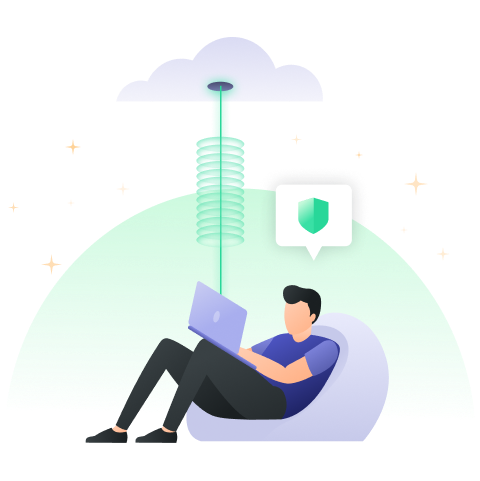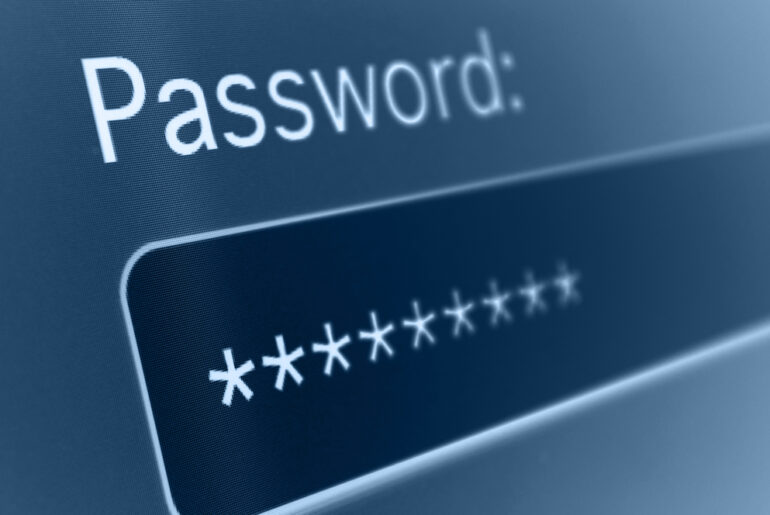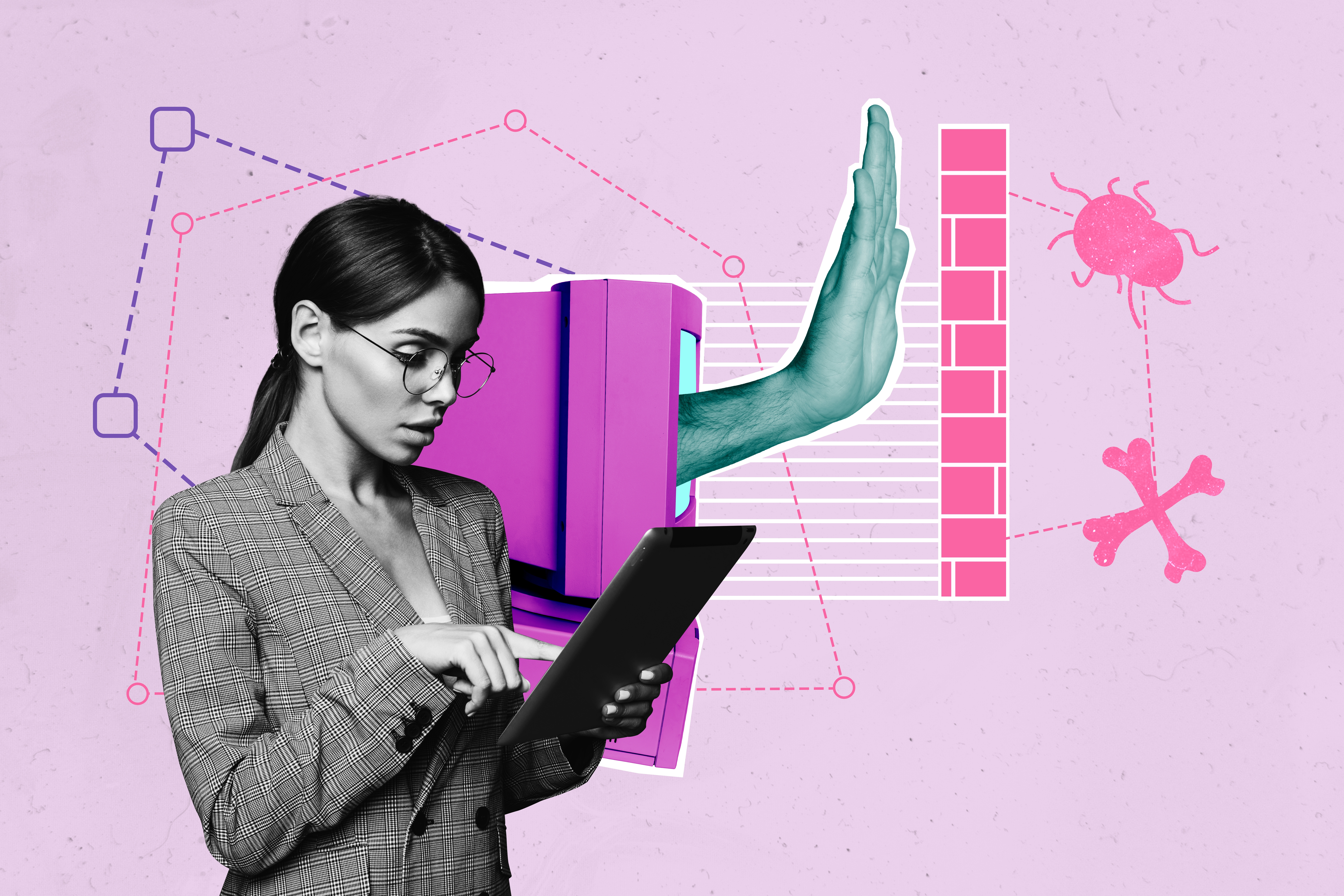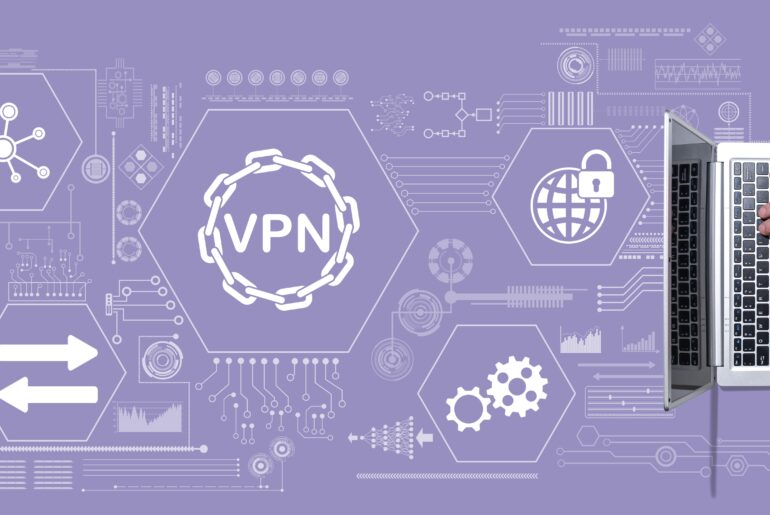Trends in cybersecurity risks have evolved during the COVID-19 pandemic. Data breaches and other attacks have increased in frequency due to more individuals spending their time online as they work from home. As people use home security to share more private information, cyber security threats have been adapted to respond.
To effectively protect yourself, important documents, and financial information against emerging cybersecurity risks, always remain up-to-date on the current threats. Because there are a lot more Internet users experience when sharing and accessing information in 2021.
Work-From-Home Cyber Security Threats
Since the end of March 2020, businesses have been encouraging all applicable employees to work from home for team safety. The same social distancing rules have applied to students across the country who have been attending virtual classes. Entire households spend between 40% and 100% more time online than ever before.
With more individuals spending in excess of 8 hours online each day, risks to private information increased dramatically. Online shopping has played an important role in keeping social distancing guidelines in place. However, the increased amount of private financial information has prompted many hackers to launch devastating attacks all across the Internet.
As a result of these increased attacks and the frequency at which private information is shared during work hours, companies are now ensuring the security of their employee’s private information by implementing multi-factor authentication.
Multi-factor authentication is a modern security enhancement that introduces the need for additional forms of identification when logging in to a platform or accessing shared data over a remote network. One popular example of such a safety feature is the system sending a code in a text message to your phone. Entering it grants access to a certain website or document. These codes often come with time limits, which is a great feature for establishing more secure connections.

DDoS Attacks
Distributed denial-of-service attacks, known as “DDoS attacks,” have existed for decades, but recent trends in cyber security threats have seen a resurgence of this issue. The end of 2020 marked a spike in DDoS attacks for many corporate networks. Especially for companies utilizing the simple services delivery protocol (SSDP) or simple network management protocol (SNMP).
DDoS attacks, occasionally referred to as “brute-force efforts,” use bots to target and swarm networks, overpowering them. These bots force enterprise networks to sideline services and reduce response times. Attacks on SNMP are especially dangerous to the integrity of corporate network security. They can negatively impact the connection and management of connected devices like printers, modems, routers, and more.
Phishing and Scareware
Much like DDoS risks, phishing and scareware are well-practiced strategies of internet security attackers. These social engineering attacks frequently leverage public interest in COVID-19, vaccines, and related subjects. Phishing schemes involving fake vaccine appointment emails have been especially popular in 2021. These tactics are deceptive and commonly believed, with nearly one-quarter of all network security breaches occurring in 2020 reported as phishing attacks.
Scareware commonly breaches network security practices by relying on the manipulation of human psychology. We have argued, here and elsewhere, that humans are the weakest link in any security protocol. One way that businesses have found to fight this growing problem is to establish a zero-standing privileges practice for all documents and protected files. This allows them to administer access to important items for a limited period, as well as prevent more than the necessary set of users from accessing it. Although hackers can still access the data in a document with zero standing privileges, they will not be able to use it to gain further access to restricted data or networks.

Ransomware
Another common form of modern security threat is multi-stage attacks such as ransomware. Cases of ransomware involve an attacker encrypting private data from an individual or company. They then demand monetary payment before it is unlocked. Much like DDoS attacks, ransomware is not a new strategy. However, the increased amount of Internet users has given cybersecurity hackers a new audience to manipulate.
One of the most reliable solutions is to implement a VPN, or “Virtual Private Network.” The addition of a secure VPN allows companies and individuals to encrypt their Internet connections. This strategy can hide users and networks, as well as protect against potential security breaches.
Avoiding Cyber Security Threats in 2021
As we continue to develop a culture of working, learning, and living online, it’s important to remain aware of potential threats. Data attacks, scams, and other security risks grow more sophisticated by the day. Technology improves and hackers will find new ways to access private data including login credentials and credit card information.
The best practice, for both individuals and companies, is to develop an effective defense against hackers. This means introducing better levels of security for networks, public platforms, and shared data. No matter how small a corporation is, cybersecurity defense is a necessary tool for protecting proprietary information.
Companies must utilize proven methods and procedures against cyber security threats. It is possible to better defend your computer systems and communications. Implementing networks with higher security thresholds, restricting permissions, and limiting access time can help businesses to take control over their cybersecurity back in 2021.
Download PrivadoVPN
Protect your privacy with a world-class VPN. Sign up for premium access to PrivadoVPN and get unlimited monthly data, access to 300+ servers from around the world, and up to 10 simultaneous connections. Get a top-rated VPN that can secure your privacy at home, at work, or on the go.
Sign up for PrivadoVPN today!




